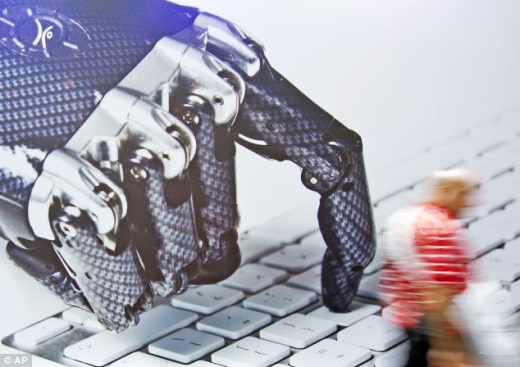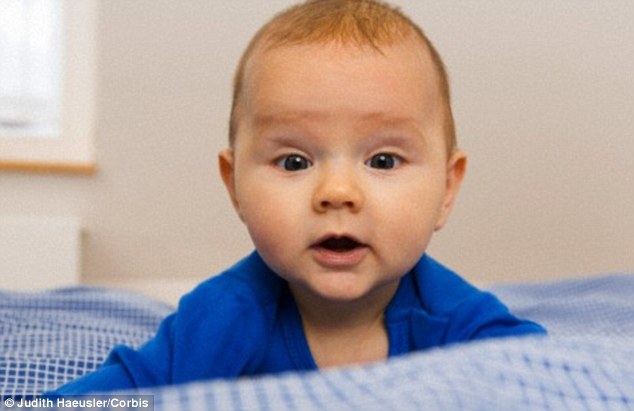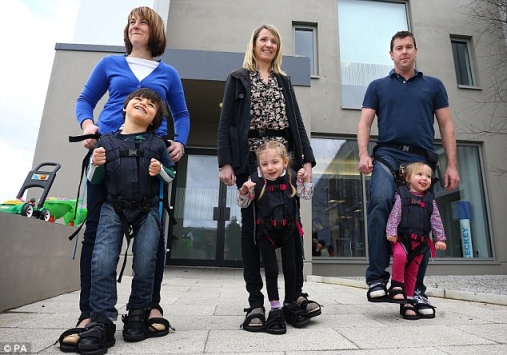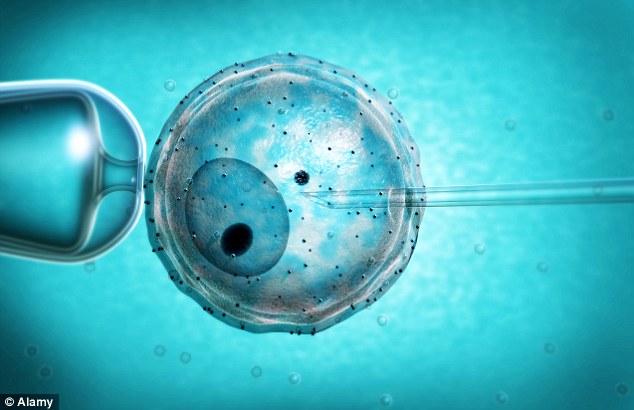Let Paraplegics Walk Unaided
App Control Advanced Bionic Hand
From app-controlled hands to strap on exoskeletons that can give mobility to those unable to walk, the most hi-tech medical innovations in the world went on show today.
The orthopedic world congress 'OTWorld' in Leipzig, Germany, kicked off today with over 5,000 exhibitors. Everything from bandages to entire limbs was on display, with over 20,000 experts expected to visit. The event is the biggest of its type in the world. Klaus-Jürgen Lotz, President of the German Federation of Orthopaedic Technicians Guilds, said OTWorld offers an opportunity to take a look at a unique number of treatments in one place. 'This kind of interdisciplinary approach is unparalleled,' he said. 'Add to that the international atmosphere – and you have indeed a unique event.' 548 exhibitors from 37 countries will be showcasing their new products, with 260 of the exhibiting companies coming from outside Germany. They include a British prosthetic technology company has created a hand which is so advanced it can be controlled using a smartphone app.
Touch Bionics’ i-limb ultra revolution prosthetic hand also features a rotating thumb, five individually powered fingers, a rotatable wrist and aluminium chassis. The company claims that this is the most dextrous prosthetic hand ever made. The wearer of the hand can use an app to choose one of 24 different grips. It is also the first upper limb prosthesis to be created which can be controlled using an app. It comes with an iOS app that allows the user to control the hand’s grip using their smartphone. The app means that the wearer can choose from 24 different grips at the touch of a button. The app can also offers training on how to best use the device and can diagnose problems with it. However, it is not only controllable using an app – it also uses muscle signals to shift into a series of pre-set patterns. It achieves this by using electrodes in the wrist to pick up electrical impulses created by contracting muscles, which are interpreted by a computer in the back of the hand.
|
|



















